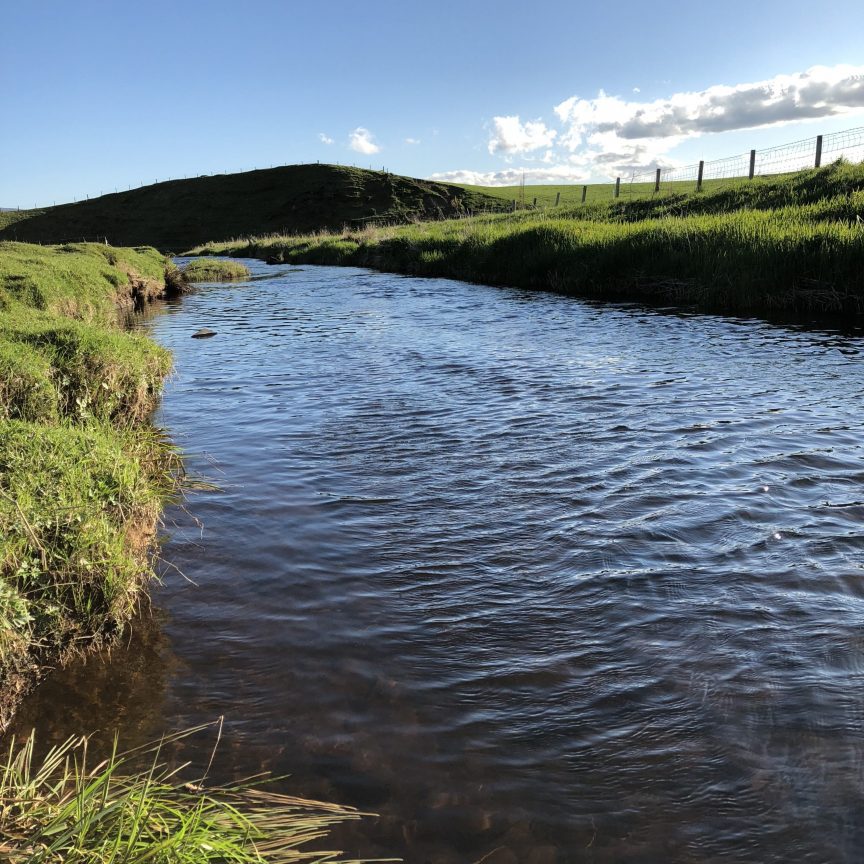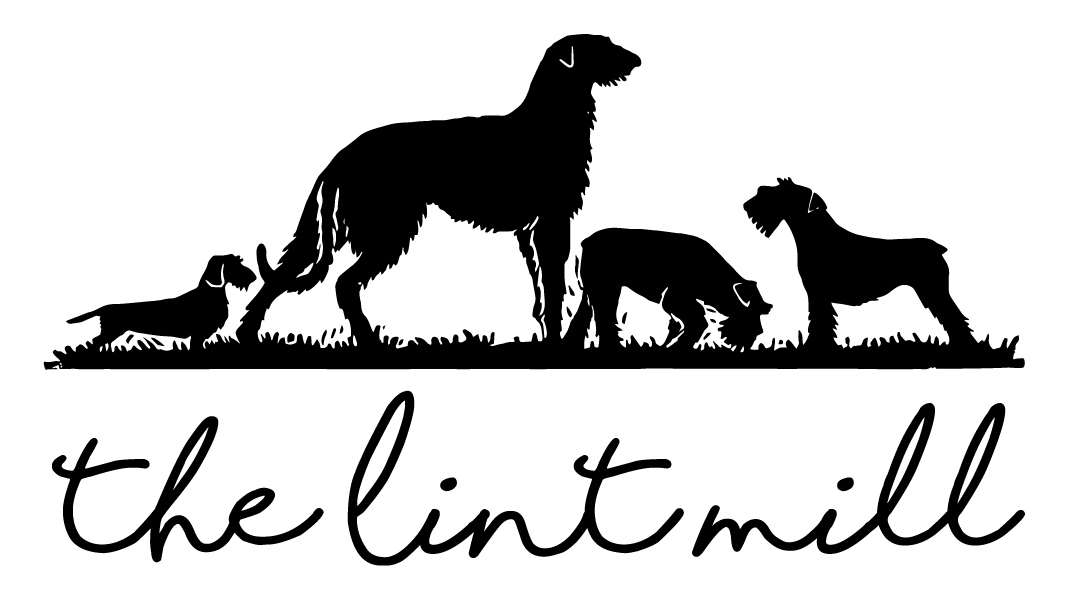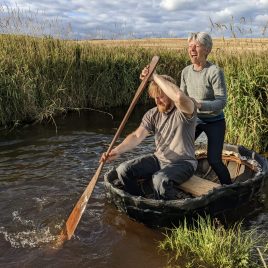
Waterlog
The North Medwyn is a tributary of the River Clyde and forms part of the boundary to our land. When we moved here in 2009 we were thrilled to find ourselves living by water. It made the landscape feel so animated. Over time we have learned a lot about the Medwyn, that it’s often spelled Medwin for instance, but our knowledge has not been enlarged by reading about rivers, researching facts such as that it’s a lowland river, part of an actively meandering channel across the Clyde valley floodplain, or by studying the river health via SEPA’s (Scottish Environmental Protection Agency) Water Classification data for Selected Water Bodies.
We have learned about the Medwyn by living here, by looking and listening, gathering clues from all the creatures we share it with and by building our Waterlog. Little by little, we have become saturated with a deep understanding of this aspect of our place. We know that our wee tributary is in ‘high health’ and it isn’t SEPA that told us, although their data certainly aligns with our own.
Our first river mammal encounter was with a sleek, black coated American mink (considered a non-native invasive species). This suggested that we probably wouldn’t have otters or water voles here but a year or so after arriving we stopped seeing the mink altogether and started having very exciting sightings of the evidently growing otter population. The otters are territorial and may have driven out the mink (or the mink may have been successfully controlled up and downstream of us) and they are living in particular parts of our land that we leave as undisturbed as possible for exactly these kind of wildlife habitats. We have seen adult otters and their young on the banks of the river and we have had some wonderful sightings of them swimming. It is always such a joy to see them.
Perhaps the most exciting water mammal sighting here is the water vole. Sadly the water vole is one of our most threatened native mammals because its numbers have been decimated by the rise in the mink population. As it’s now years since we’ve seen a mink on the Medwyn we can guess that the water vole population is increasing here as it is no longer predated by the mink. The habitat is perfect for the water vole to thrive as they feed on the grasses and herbs growing on the banks of the Medwyn. They dig their burrows in our soft sandy soil. Water voles prefer sites like ours with areas of steep bank into which they can burrow to create nest chambers above the water table. Water voles are notoriously shy and our sightings are few. They are protected species so we report all our sightings.
The birds we glimpse along the river tell us a great deal too. We see the white throated dippers on the river every day. They always seize your attention with a bob, a curtsey, the up and down flash of their white-breast and the wren-like cock of their tail. They are important as indicator species and are fantastic sign of the quality of the aquatic environment of the river. They tell us that our river is clean and full of food; the caddis and mayfly larvae, and the nymphs that are grazing algae on boulders and gravel. Dippers can walk underwater to gather food. Imagine our delight when we found them nesting under our bridge. They are a happy addition to our Waterlog.
The kingfisher informs us there are plenty of fish in our clean river. This is a truly dazzling bird and completely unmistakable with its shock of blue and orange. Blink and you can miss it, so we don’t often spot this missile of a creature. When we do it feels like a blessing. Expert fishers, kingfishers need a well stocked river and good sheltered banks to make their burrows. Sand martins also make their burrows in our sandy banks while they are here for summer breeding.
We have pairs of heron nesting nearby and as stealth predators, they can often be seen standing stock still at the edge of the water ready to spear their prey. Our Waterlog chronicles grey wagtails, a fair number of visiting (and nesting) mallards as well as snipe in our wetland area. A couple of years ago we had a brief visitation from about twenty juvenile red breasted mergansers, an event that was full of frenzied splashing. We have even had a young cormorant, perhaps knocked off course, resting here for a few days.
Our Waterlog catalogues the many plants that grow along the river and we especially cherish those that will only grow in very clean water. We have white water crowfoot, water avens, wild mint, marsh marigolds, wild water cress and mimulus all growing along our stretch of the river.
This account would be far too long if I tried to list all the flora and fauna we share our riverbank with and this is only a small part of our Waterlog, which grows every day as we get better at noticing our non-human counterparts. We are committed to protecting the health of the river and all who live here with us and we know that farming organically, regeneratively and in harmony with the rest of nature allows us to do just that. It’s also a lovely spot for dangling your feet in hot weather. Come for a visit and see for yourself.



